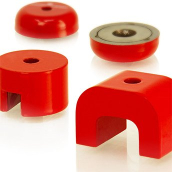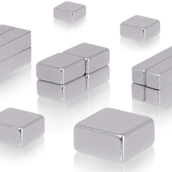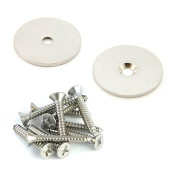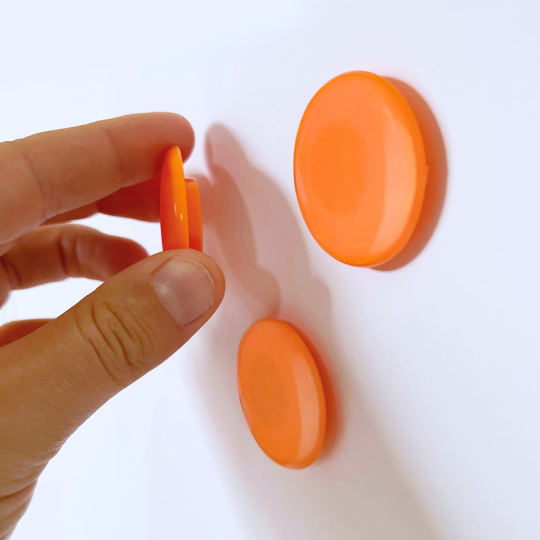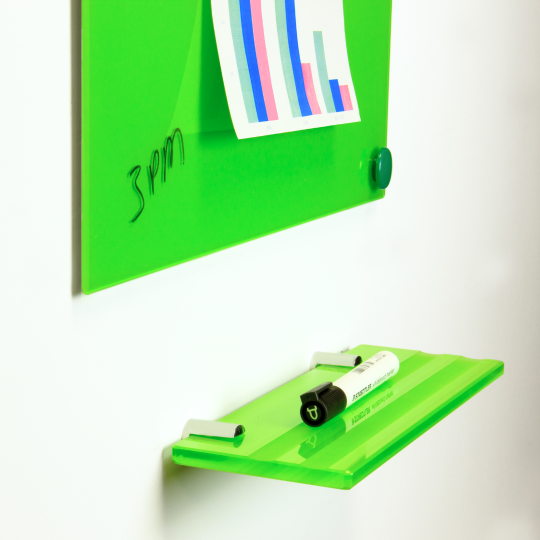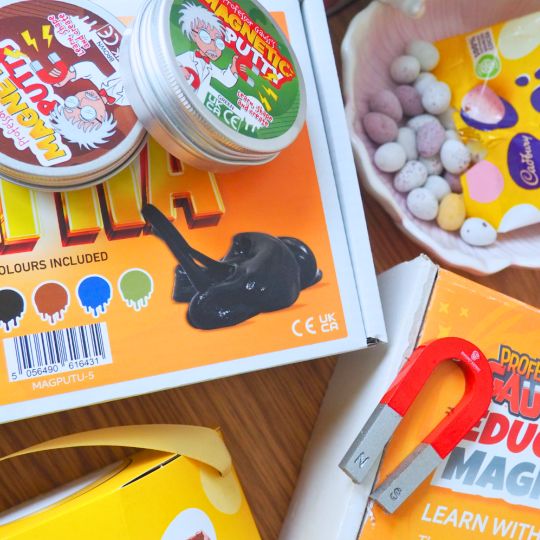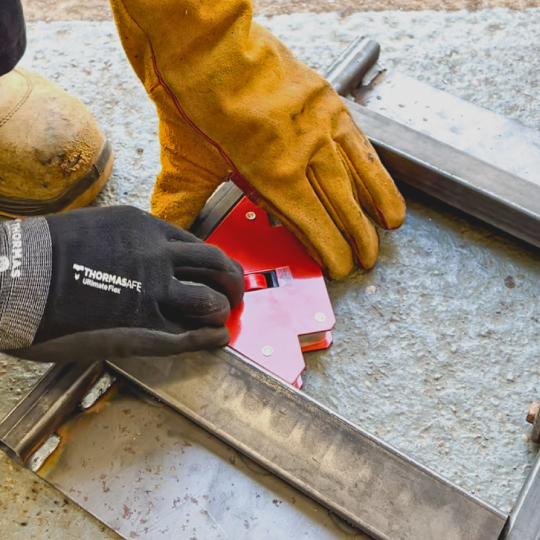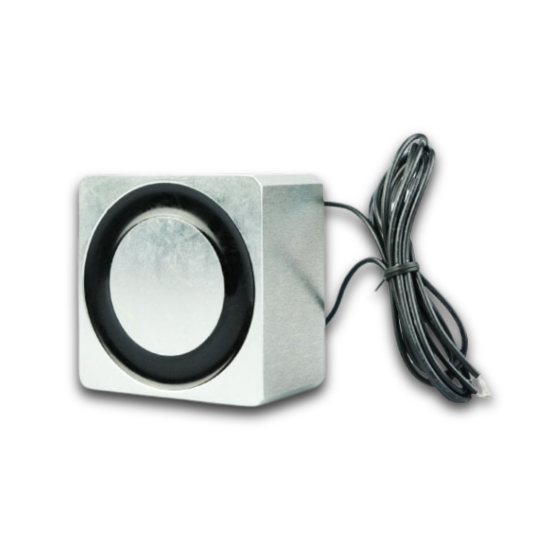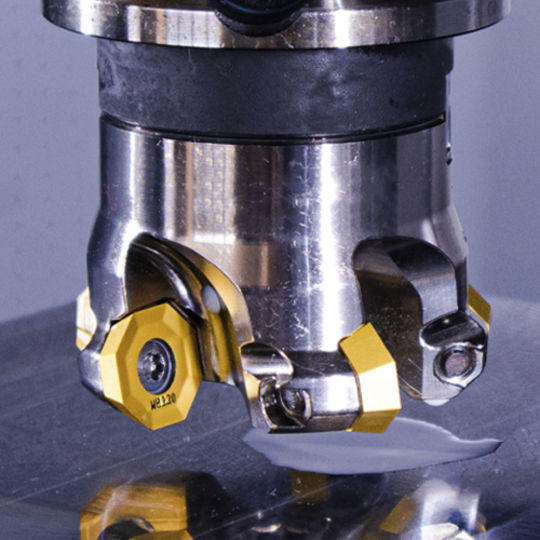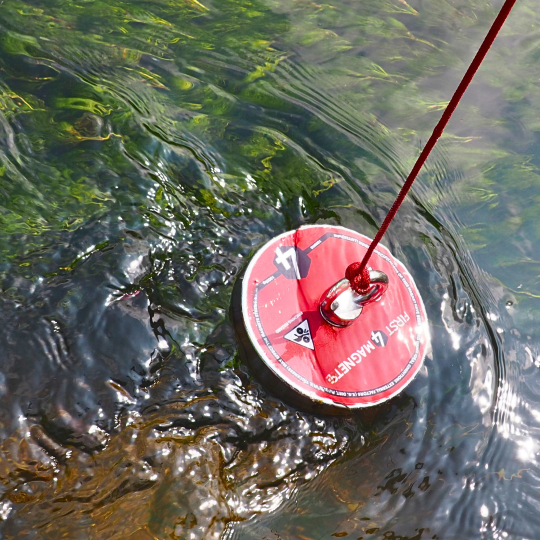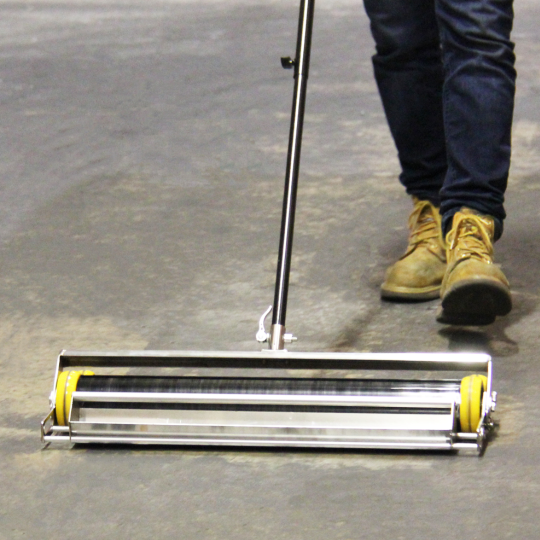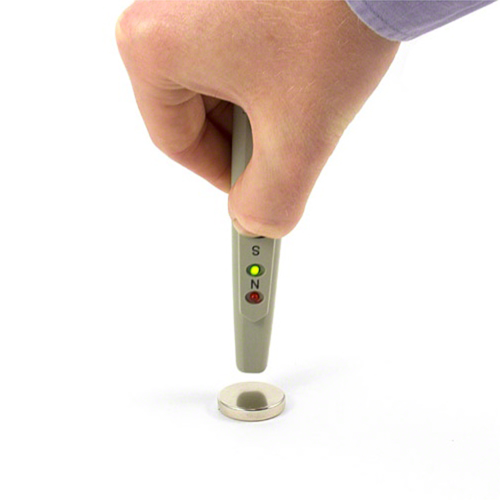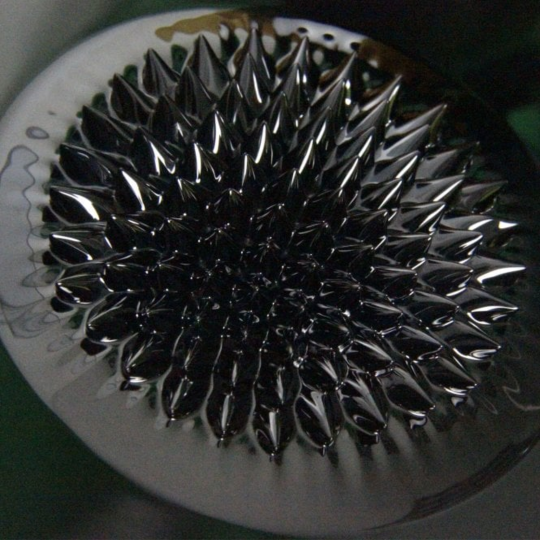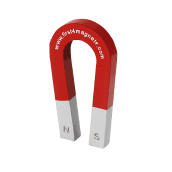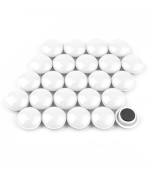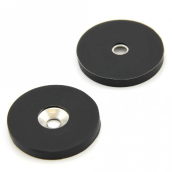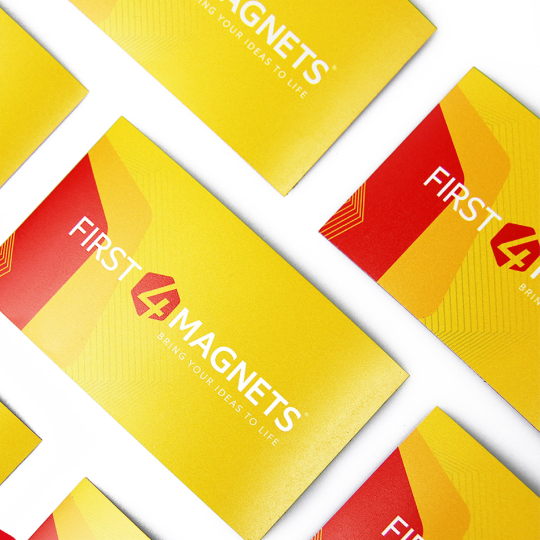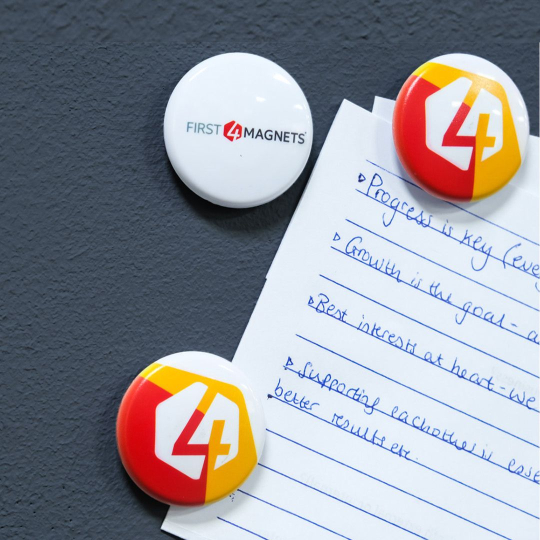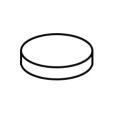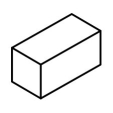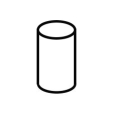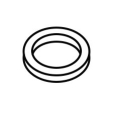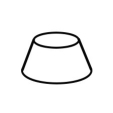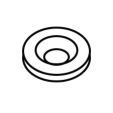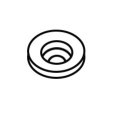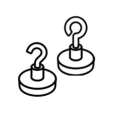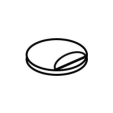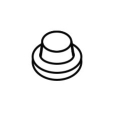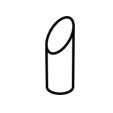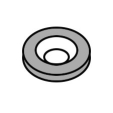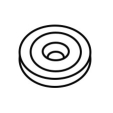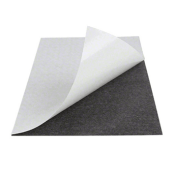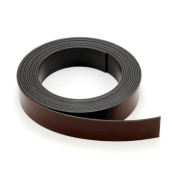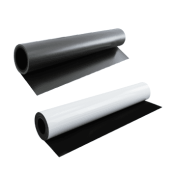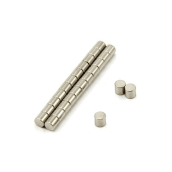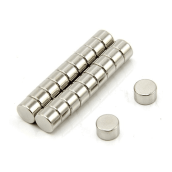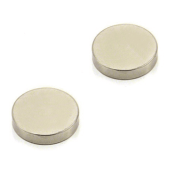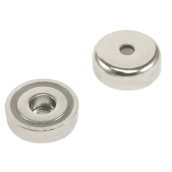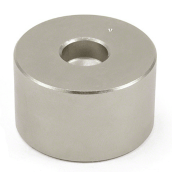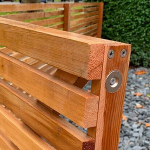
- Home
- Alnico
Alnico Magnets
(28 Products)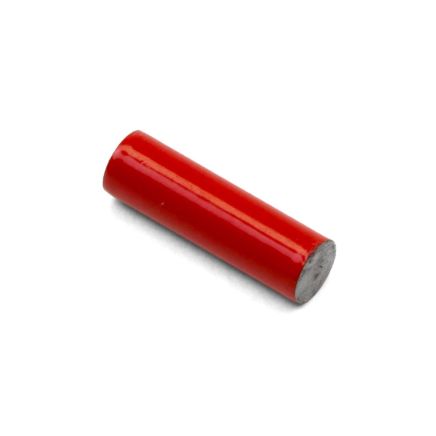
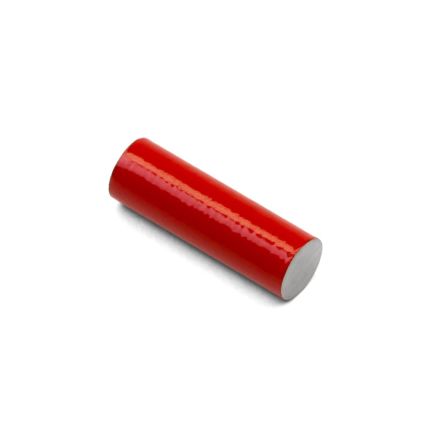
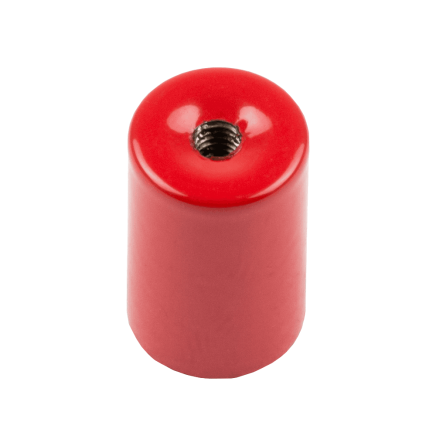
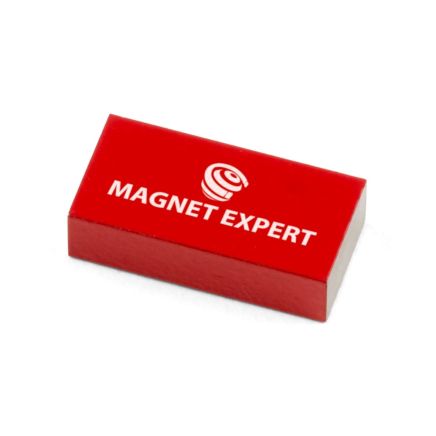
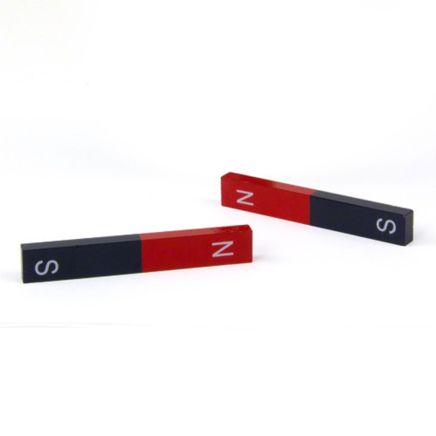
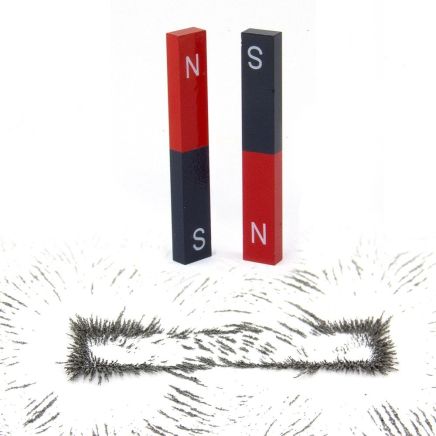
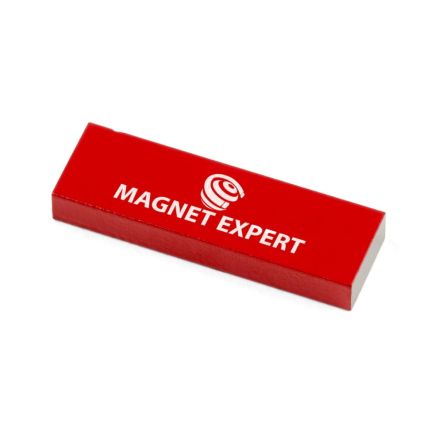
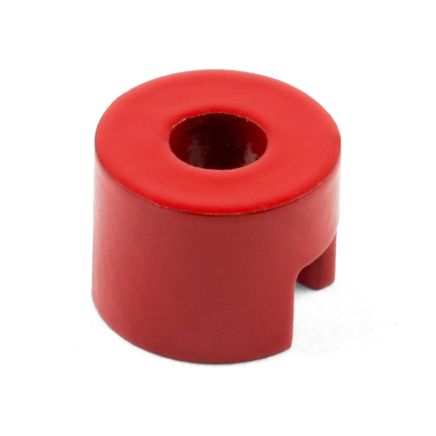
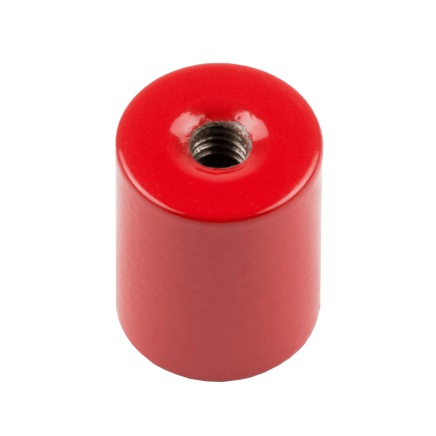
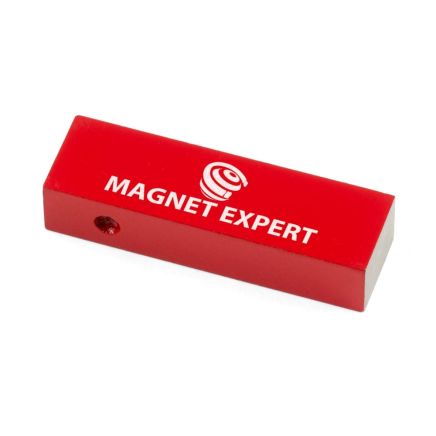
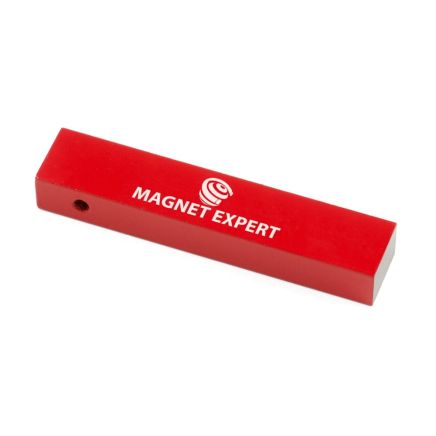
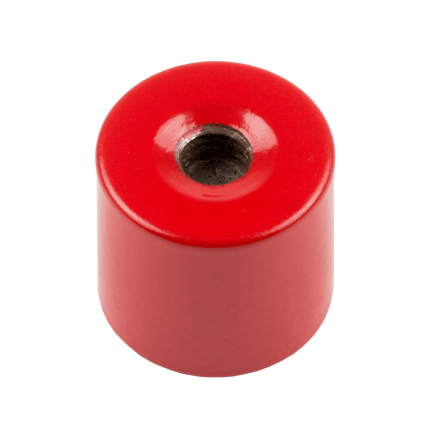
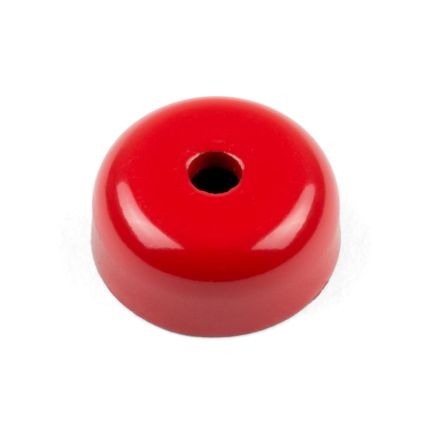
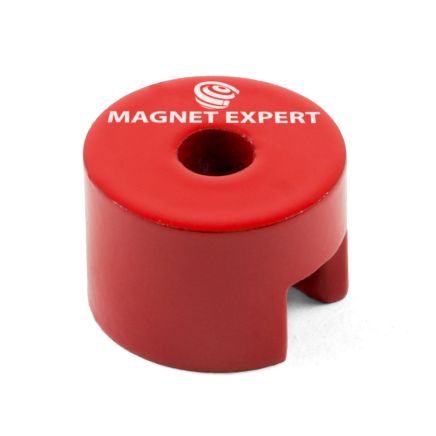
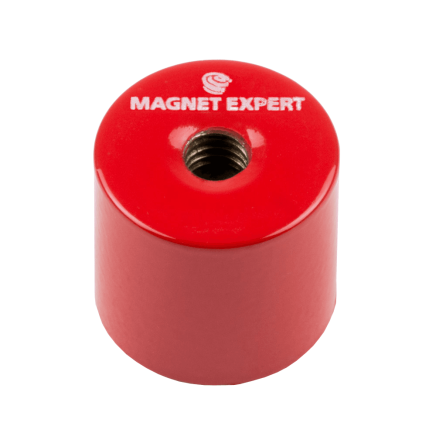
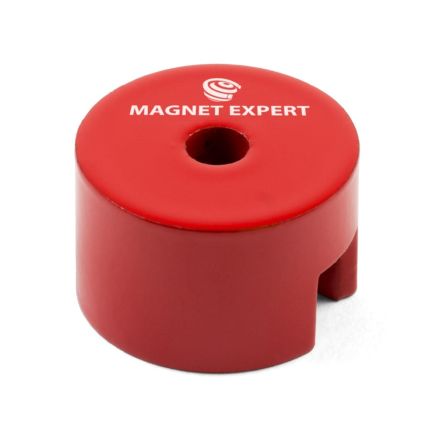
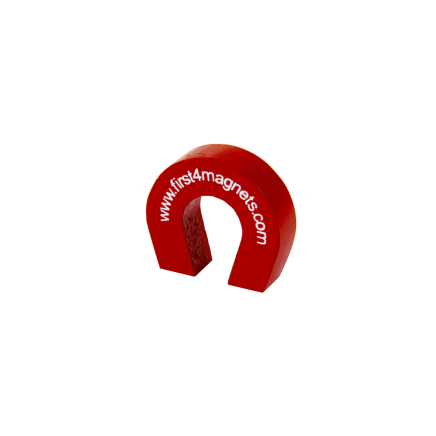
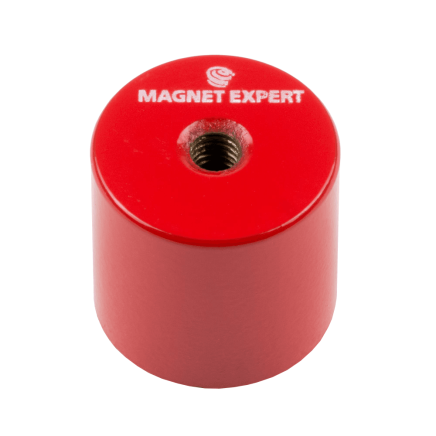
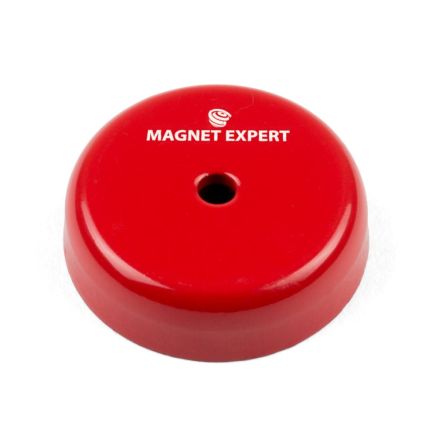
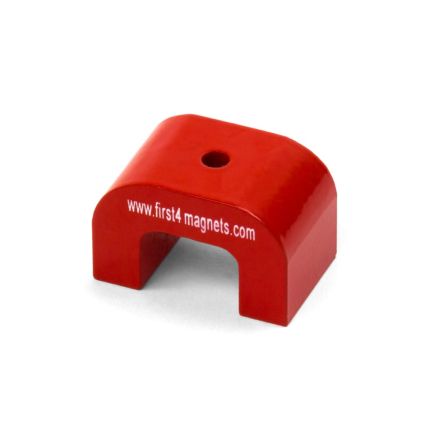
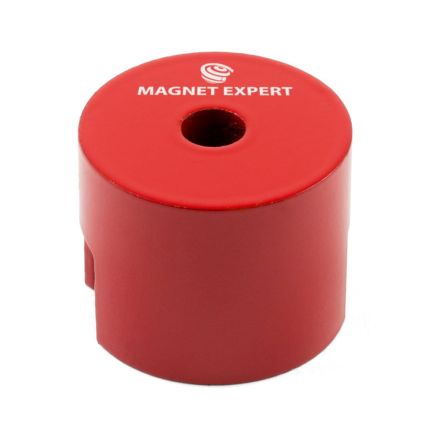
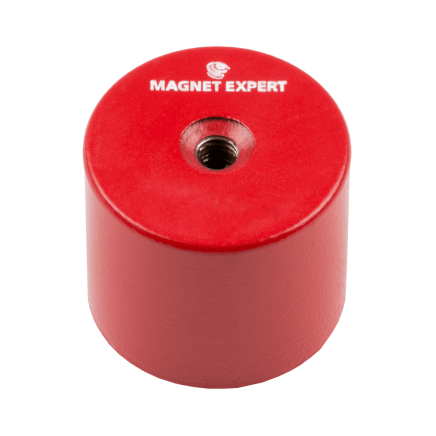


- 1
- 2
Alnico Magnets
What Are Alnico Magnets?
Alnico magnets are a classic innovation in the field of magnetism, serving as a foundational technology for nearly a century. The name "Alnico" comes from their key components: aluminium (Al), nickel (Ni), and cobalt (Co). These permanent magnets are famously recognised by their iconic red-painted horseshoe design, a universal symbol often associated with magnetism.
First introduced in the 1930s, Alnico magnets quickly gained prominence due to their superior magnetic strength at the time. While modern rare-earth magnets like neodymium and samarium-cobalt have since surpassed Alnico in strength, these magnets remain highly valued for their unique properties in various applications.
How Strong Are Alnico Magnets?
Alnico magnets are renowned for their exceptional thermal stability and resistance to demagnetisation. While their magnetic strength is less than that of some contemporary magnets, they provide consistent and reliable performance, particularly in high-temperature environments or applications requiring stable magnetic fields over time.
The strength of Alnico magnets is often expressed in terms of their energy product, with the highest grades reaching up to 5 MGOe (megaGauss-Oersteds). This level of strength makes them suitable for many industrial and commercial uses where extreme magnetic force is not essential.
Common Uses for Alnico Magnets
Alnico magnets have been a cornerstone in countless applications due to their reliability and robustness. Their resistance to corrosion and ability to perform in high-temperature settings make them an excellent choice for electric motors, particularly in the automotive and aerospace industries, where conditions can be extreme.
In the music industry, Alnico magnets are highly regarded for their distinct tonal qualities, making them a popular choice for guitar pickups and microphones. Additionally, they are widely used in sensors, relays, and engineering applications requiring stable magnetic fields.
For educational purposes, Alnico magnets are an invaluable tool for teaching magnetism. Their horseshoe shape and vibrant red colour make them both visually appealing and practical for demonstrations, particularly in classroom settings.
Do Alnico Magnets Perform Well at High Temperatures?
A defining feature of Alnico magnets is their excellent performance in high-temperature environments. They can retain their magnetic properties at temperatures up to 550°C (1022°F), making them ideal for aerospace and automotive applications where extreme heat is common.
While they are highly tolerant of heat, Alnico magnets can be susceptible to demagnetising forces, such as external magnetic fields or physical impact. However, with proper design and handling, these factors can be effectively mitigated, ensuring long-term performance and durability.
What Does FIRST4MAGNETS® Offer?
At FIRST4MAGNETS®, we provide a wide selection of premium-quality Alnico magnets tailored to meet diverse industrial, commercial, and educational needs. Our range includes magnets in various shapes and sizes, all rigorously tested to ensure they meet the highest standards before being dispatched.
Whether you require Alnico magnets for complex engineering projects, classroom demonstrations, or commercial applications, our team is here to provide expert advice and tailored solutions. We are committed to delivering the best products and support to help you achieve your magnetic goals with confidence.
